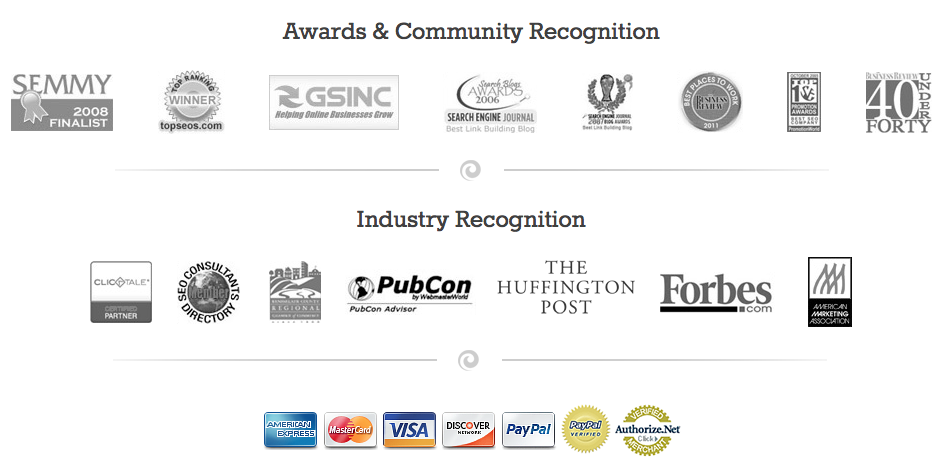Your URL structure affects more than just your page’s “look.” It can also hurt your rankings and keep your page off the best search index. This hurts your business by causing your clients and customers to be unable to find you.
Much of this has to do with your content management systems. Some CMS platforms do not follow the rules or take shortcuts that result in duplicate content that triggers the search engines to avoid web pages.
How can you fix your URL structure? Here are some tips and explanation. Make sure that you have the professional support you need for your URL structure and your website in general by talking to Bulletproof Digital about your website design and development.
What is Good URL Structure?
It is hard to improve on the “cheat sheet” published by Dr. Peter J. Meyers on how to construct a good URL. Dr. Meyers gives three important points about a good URL that bear repeating:
- It must be easy to understand. If users cannot tell what your website is about, they will look elsewhere.
- It is optimized for SEO with breadcrumb style keywords. It is not just a matter of having your keywords in your URL, it is also a matter of their order. Be sure to use a breadcrumb approach to make it easy for search engines to find you.
- It has its own embedded anchor text. Be sure that the text in your URL lends itself to adaptation as anchor text without work on the part of the SEO manager. This saves time when building links.
Dynamic dresses are okay, but there are disadvantages such as the fact that they are longer and harder to read; they pair parameter names with values, adding extra words; and they may contain extraneous information that could create security issues.
Diagnosing URL Problems
Beginning with Google and Bing webmaster reports, you are going to want to find your URL-based issues and fix them. This means auditing your URLs for syntax and repairing any errors you find. When you find them, you can:
- Reconfigure your platform for consistent URL usage.
- Use 301 redirects for duplicate URLs.
- Add canonical tags to your codes.
- Configure your URL parameters and direct search engines to ignore duplicate content.
It may be easier to export your web pages into a spreadsheet for easier viewing and analysis.
- First, search for reserved or unsafe characters. You can look here for specific characters. If you find unsafe characters, encode them instead.
- Remember that search engines ignore the pound symbol, #, and everything that comes after it. The underscore, _, is also a special character that changes the nature of the search term. For example, medical-treatment is read as “medical treatment,” but medical_treatment is read as “medical_treatment.” Use dashes in place of underscores.
- Search for mixed-case URLs and ensure that everything is written in lowercase.
Check Your CMS Platform
The settings on your CMS platform can have a big impact on your URL structure. Be sure you follow these rules:
- In WordPress use the permalink structure to create category slugs.
- In some CMS programs you can create your own good URL structure by copying links into templates.
- Have your developer create dynamic URL if necessary.
What If I Cannot Fix My URLs?
There are CMS platforms that will not support optimization of URLs. If yours is one of these, you must still meet the minimum standards for syntax. If you are not sure what to do, contact a professional web design company such as Bulletproof Digital who can help you create the best URLs possible for your website. By hiring professional content developers, you maximize the impact that your website will have on your business.

